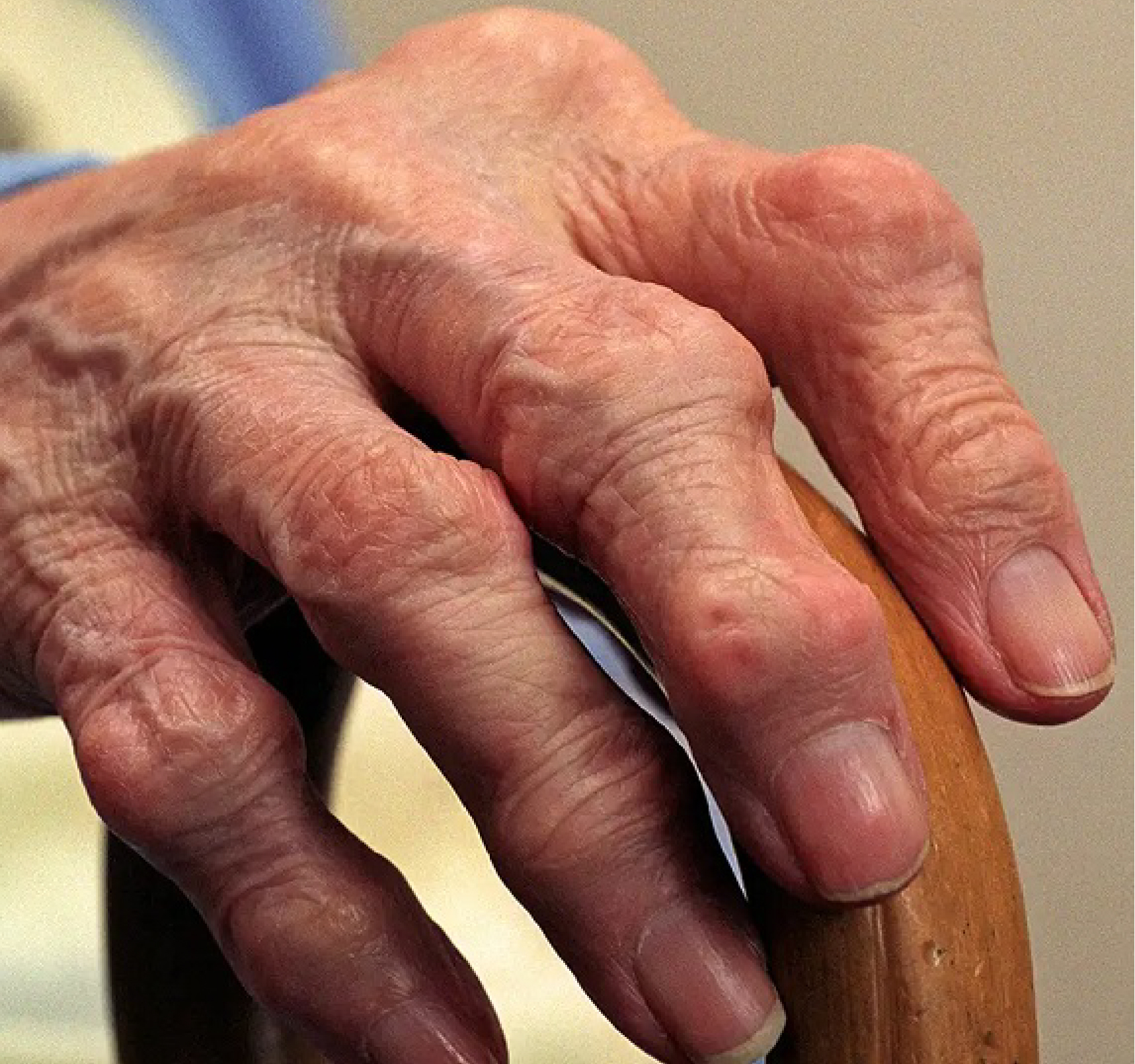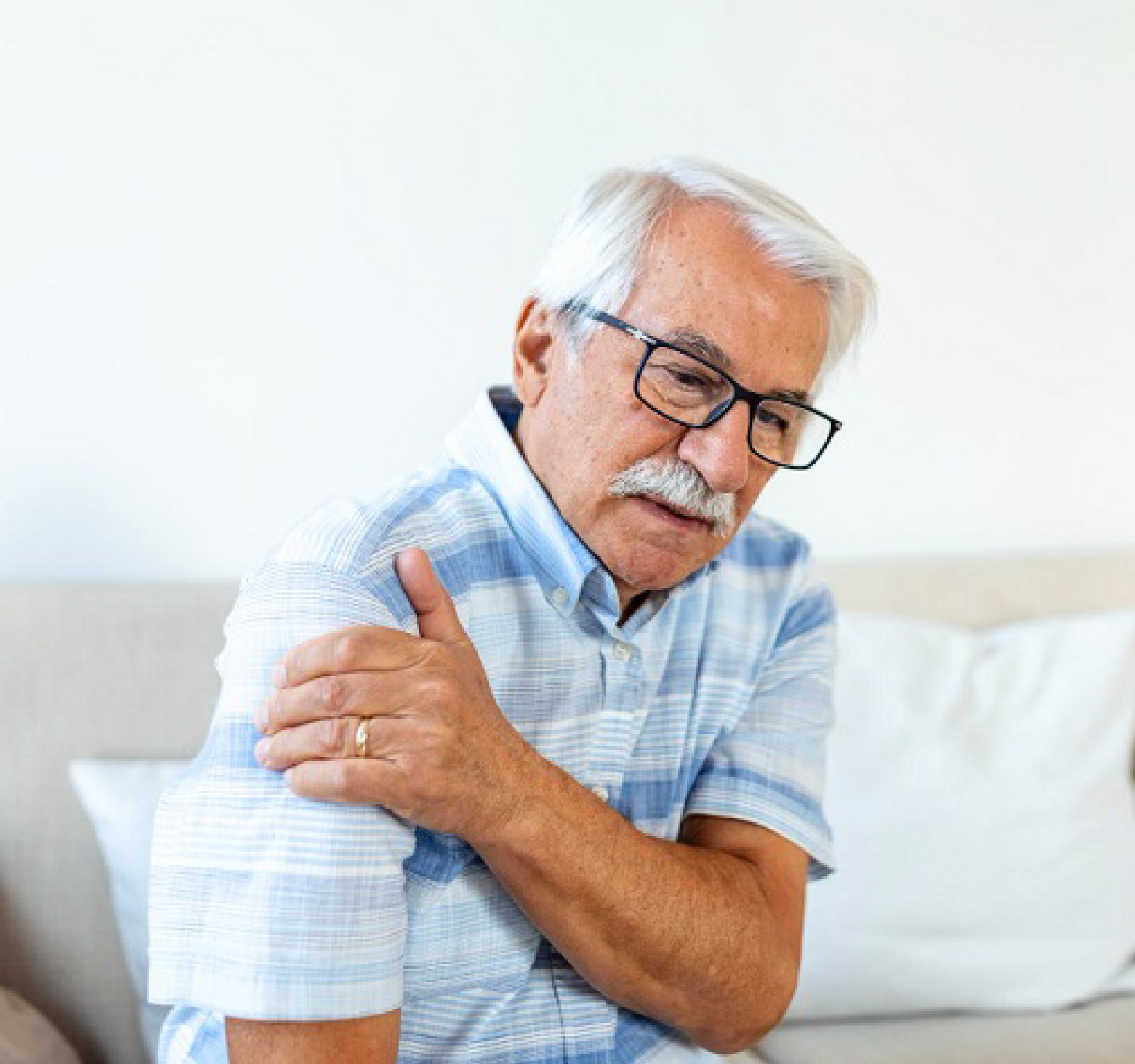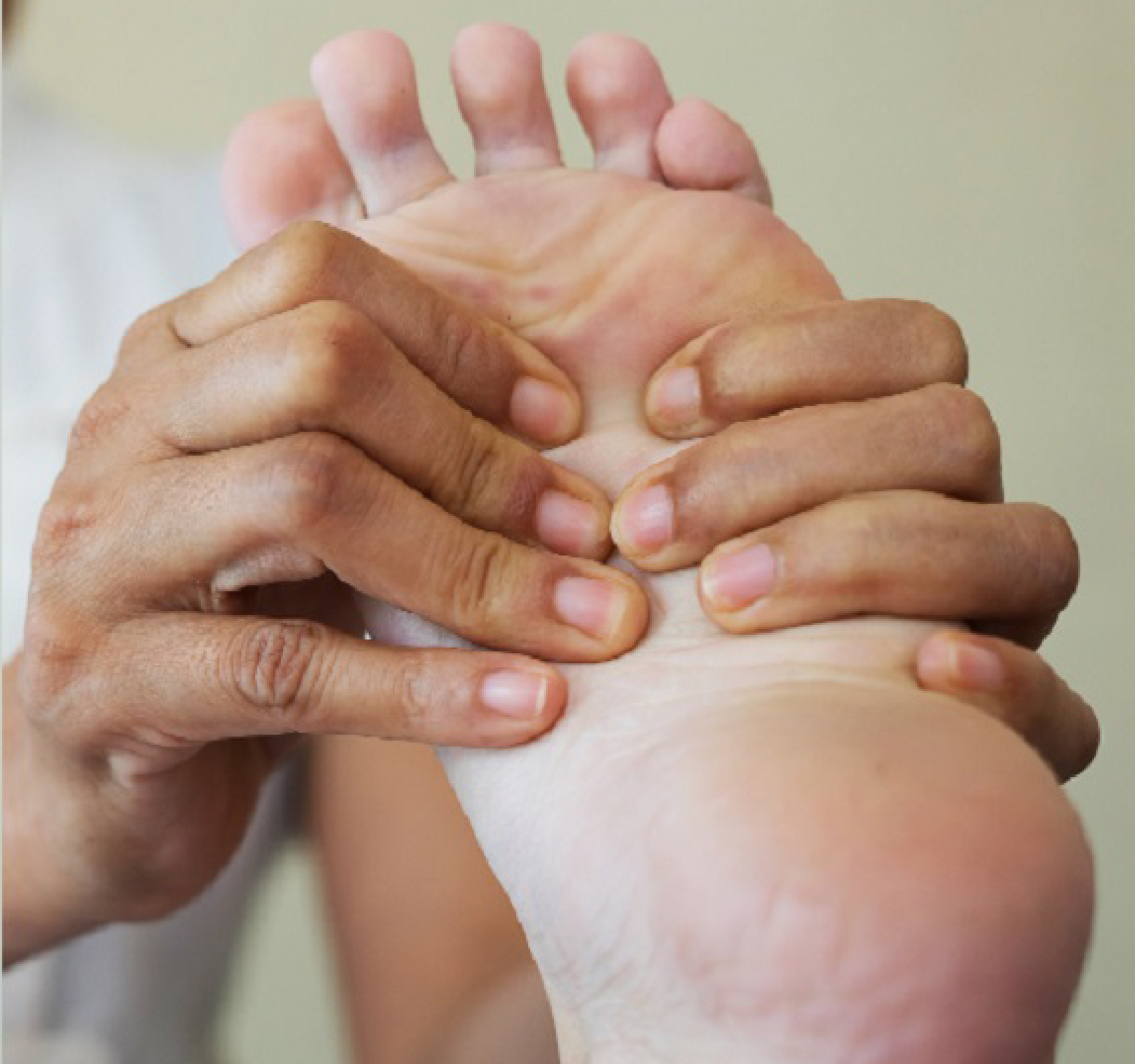Arthritis Spondylitis
Inflammatory arthritis that affects the spine and large joints is called ankylosing spondylitis. Ankylosing spondylitis is an inflammatory disease that causes certain bones in the spine to fuse. This fusion of bones makes the spine less flexible, leading to a hunched posture. When the ribs are affected, it can deeply affect a person’s breathing.
Symptoms:
Early signs and symptoms of ankylosing spondylitis may include:
- Lower back and hip pain and stiffness, especially in the morning and after inactivity.
- Neck pain and fatigue.
- Hip and joint pain
- Difficulty breathing
- Loss of appetite and unexplained weight loss
- Abdominal pain and diarrhea
Causes:
There is no known specific cause of ankylosing spondylitis, but there appears to be a genetic component. People who carry the HLA-B27 gene have a greatly increased risk of developing ankylosing spondylitis. However, only some people who carry the gene develop the disease.
Ayurvedic Treatment:
According to Ayurveda, Ankylosing Spondylitis falls under the category of Ama Vata and is mainly caused by an imbalance of Vata and Kapha dosha. This further affects the pitta dosha which facilitates this.
Ayurvedic treatment for ankylosing spondylitis includes dietary changes, lifestyle changes, stress management, taking herbal and ayurvedic treatments, yoga asanas, pranayama and meditation to help the body get back to normal and in sync with all its functions.
Arthritis Spondylitis:
- Herbs used to treat AS include dried ginger (saanth), guggul, turmeric, fenugreek, ashwagandha, and giloy. Gugul, curcumin, amlaki, haritaki, and ashwagandha are all very effective in treating AS.
- Include ghee in your diet to lubricate and lower vata dosha.
- Chewing 2-3 raw garlic buds with water on an empty stomach in the morning can help relieve low back pain in AS.
- Make a powdered preparation of equal parts dried ginger root, celery seed, and cumin seeds, flavoured with rock salt, and take a teaspoon of this mixture with warm water at bedtime to reduce flatulence and lumbar stiffness.
- Yoga asanas such as pawana muktasana, bhujangasana, dhanurasana, paschimottanasana and vakrasana should be practiced regularly.


Rheumatoid Arthritis:
According to Ayurveda, Rheumatoid Arthritis is referred to as Ama vata. In Ayurveda, the following are the Rheumatoid Arthritis Treatments which is also known as Amavata:
Panchakarma Treatment: This treatment involves healing the body’s energy and rejuvenating the mind and soul. The main five steps involved in the process are Vamana (treatment to induce vomiting), Virechana (laxative therapy), Vasti (colon therapy), Nasya (nasal and sinus therapy) and Rakatmokshana (blood purification therapy).
Herbal Remedies: These are natural dietary supplements designed to improve an individual’s health and living conditions with minimal or no side effects. Some examples are named in the list of turmeric, ginger, cinnamon, pepper and ashwagandha.
Exercising and Movement of Joints: Before you try this treatment, consult an expert, as gentle, low-impact joint exercises should be prioritized: yoga, walking, range-of-motion exercises to help your joints move the way they should, high-impact exercises, and vibrations, and stretching can reduce the discomfort and pain associated with rheumatoid arthritis.
Osteoarthritis:
According to Ayurveda, osteoarthritis is related to sandhigata vata. Ayurvedic treatments have been used to treat a variety of conditions, including osteoarthritis. Ayurvedic treatments recommend specific herbs and plants to help reduce the effects of osteoarthritis. These herbs and plants include turmeric, ashwagandha, ginger, guggulu and triphala.
Many Ayurvedic treatments revolve around traditional treatments that help improve circulation and flexibility. Some remedies that may help include Abhyanga or Ayurvedic massage, hot herbal bags, and panchakarma. OSTEOARTHRITIS treatment in Ayurveda don’t have to be drastic or invasive and are often built on simple practices that can be incorporated into your daily life.
- Hot herbal pouches can be applied anywhere on the body.
- Panchakarma therapy is ideal for detoxifying and rejuvenating the body, ensuring that toxins do not hinder your healing process.


Gout Arthritis:
In Ayurveda, Gout is described as Vata Rakta or Aadya Vata. Ayurveda recommends taking some of the following herbs for gout arthritis:
Giloy – Giloy is widely used in Ayurveda for everything from boosting immunity to relieving many bodily problems. According to research, Giloy juice is effective in treating gout as it is effective in reducing uric acid levels in patients.
Triphala – Triphala is a combination of three fruits as Amalaki, Bibhitak and Haritaki. Each fruit is effective in removing all three types of doshas from the body. Triphala has anti-inflammatory properties that help reduce inflammation caused by gout.
Neem – Neem is used in Ayurveda to reduce inflammation and irritation caused by gout. If you experience joint swelling and redness due to increased uric acid, you can apply neem paste on the affected area.
Turmeric – Curcumin, the active ingredient in turmeric, helps relieve many problems. According to one study, curcumin may reduce symptoms of joint diseases, including gout. According to another study, turmeric extract can reduce inflammation caused by gout, although it is not effective in reducing blood uric acid levels.
Ginger – Many health problems can be solved with the help of ginger. Ginger has been reported to be effective in reducing the symptoms of gout. In particular, it reduces inflammation caused by gout.
Knee and Joint Problems:
According to Ayurveda, vata dosha is the main cause of joint and knee pain. Here are some Ayurvedic treatments (best medicine for knee pain) that can help reduce knee and joint pain:
- Ashwagandha has many healing properties, including reducing joint pain.
- The banyan tree juice is applied externally to the joints, and the pain disappears after several times of applications.
- Eating five to six cloves daily has been shown to reduce knee pain.
- Ginger can be easily included in your diet and can be a great help in curbing knee pain.

Frequently Asked Questions
Can Ayurveda Cure Arthritis Permanently?
How long does ayurvedic treatment take for arthritis?
What is osteoarthritis called in Ayurveda?
Which Ayurvedic treatments can reduce knee pain and swelling?
- Abhyangam is a full-body massage using herbal oils. This helps stimulate the nerve endings in the painful area, which increases blood circulation.
- Upnaham is done by applying herbal ointments to the affected area. This treatment is very effective for knee osteoarthritis, knee injuries, localized pain and swelling of the knee joint.
- Janu Basti involves pouring a special warm herbal oil on the knees. The oil remains in the holes made with black gram paste or whole wheat flour. Herbal oils used during surgery restore joint lubrication and maintain the integrity of joint-related structures.
What is Ayurvedic management for Gout?
- Gout and its types vary from patient to patient depending on the physical and psychological components of the person i.e., doshas and prakruti. Ayurvedic management depends on:
- Diet and lifestyle changes
- Panchakarma therapy
- Yoga and exercise
- Medication



